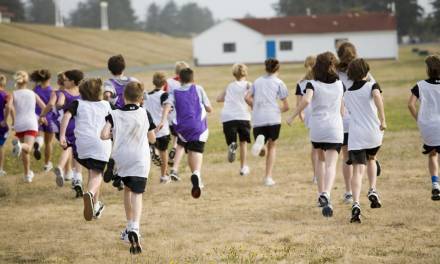You know that exercise is a non-negotiable in the fight against childhood obesity. You’ve probably heard the news that fit, active children go on to lead healthier, longer lives.
But are you aware of the ways in which exercise boosts brain power? Did you even dare imagine that frequently active kids are more engaged and put in a better academic performance when compared to their sedentary contemporaries?
As we’re about to demonstrate, exercise for children goes far beyond the physical advantages.
Lessons in intelligence (from mice)
Study after study links physical activity to compelling outcomes, this includes the late nineties US study into two sets of mice – one group that ran the equivalent of three miles per night, and another group that was restricted to sedentary activities.
The research ultimately identified significant differences in the brains of the mice, with the active group demonstrating a drastically larger hippocampus (the part of the brain lined with learning and memory).
What about our tiny humans?
Physical activity and academic performance is fertile ground for research, with hundreds of studies in the area exploring just about every nook and cranny.
Previously one extensive analysis of this research attempted to consolidate at least some of the most pivotal research – analysing 14 studies and confirming that the more exercise a child partook in, the more they achieved in school.
To put this into context, one US study found that morning exercise doubled the reading scores of pupils, whilst maths scores increased by a staggering 20-fold.
Exercise and brain function
Exercise pushes the brain to operate at maximum capacity, in the process of which nerve cells multiple while the connections between them are strengthened (something that explains the lessened risk of dementia for those that invest in 30-minutes of exercise, 3-times per week).
This nugget of basic science can help us in understanding just why it is that such a strong link exists between exercise and performance in the classroom.
Focus, behaviour and exams
It’s the Holy Grail – the goal that every teacher aims for and few master, even half of the time. We talk, of course, of children who pay attention and who demonstrate model behaviour come exam time.
Again, one route to achieving this goal is increased and regular physical activity, with researchers recently discovering that children who regularly partook in physical activity concentrating more and performing better in exams.
Not all exercise is created equal
Notably there are differences in the positives derived from differing forms of activity – and it is now universally accepted that high-intensity training is the most effective of all when it comes to boosted brain power.
Interestingly, if children are provided with the freedom to create their own freeform exercise classes, high-intensity exercise will typically be the format they revert to – going all out for short, sharp bursts, then resting for relatively longer recovery periods.
There’s also plenty of reason to believe that HIIT is just about the most effective when it comes to cardio health and calorie burning too.










